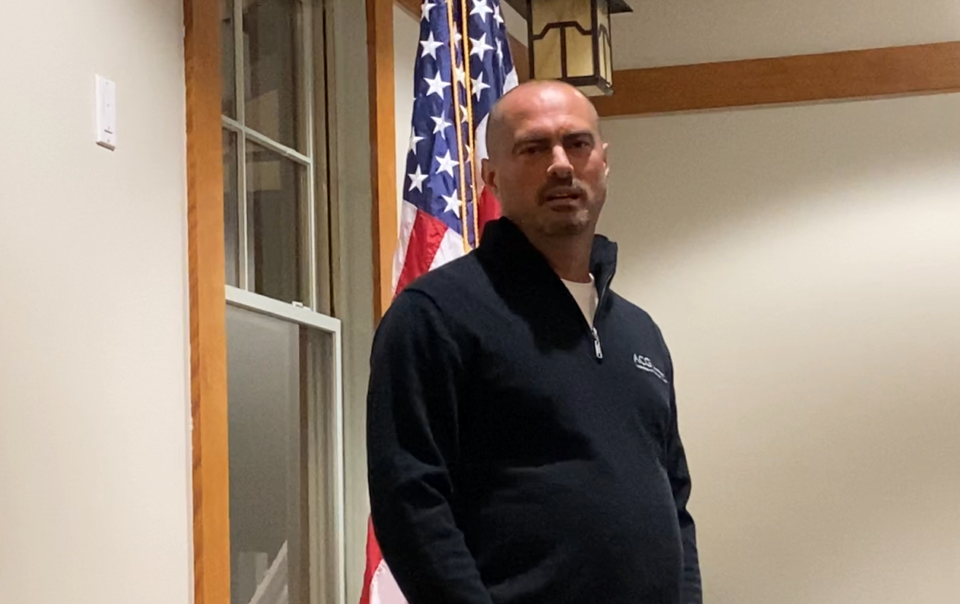“I’m a fan of charter schools; I really think that charter schools make a lot of sense,” said Michael Parham, who has never voted in favor of a charter in his tenure at CUSD.
At a recent civic council meeting in Ladera Ranch, Michael Parham, a board member of the Capistrano Unified School District (CUSD), addressed an anxious crowd regarding the district’s troubling decrease in student numbers. Parham placed significant blame on the rising popularity of charter schools for siphoning students away from public education, contributing to an enrollment figure “far below where we were before.”
CUSD’s student population has fallen from around 50,000 before the pandemic to about 40,000 currently, leading to reduced funding and potential job cuts within the district. Parham’s pointed remarks came in response to queries about the reasons behind this decline. He stated, “Well that’s a part of a bigger problem—a statewide problem mostly—but public schools are declining in enrollment. They’re going to private schools, they’re going to charter schools, or they’re leaving California.” He highlighted frustrations with how funding is allocated to charter schools, emphasizing that CUSD gets “particularly screwed” by the legislation governing charter schools, which requires the district to fund these schools regardless of whether the students reside within the district boundaries.
Although Parham professed support for charter schools, saying, “I’m a fan of charter schools. I really think that charter schools make a lot of sense,” his record does not reflect this sentiment. He has not voted in favor of a single charter school proposal during his tenure on the CUSD board. This discrepancy between his public statements and actions raises questions about his genuine stance on the issue.
Charter schools, while semi-independent, still rely on district resources for operations. According to Education Code Section 47607(d)(1), charter schools must report their enrollment and anticipated growth to their districts, which must then supply the necessary resources. There is evidence that CUSD might have underestimated the demand for charter school enrollment in the past, possibly as a strategy to withhold resources unless it benefits a particular political narrative, such as the one Parham presented.
Discussing the influx of students into CUSD’s charter schools from outside the district, Parham revealed, “I don’t know the total number [of students enrolled in CUSD’s charter schools]. I know the number roughly that is from Capo is maybe a thousand students. It’s several times more than that that are not—that don’t live in this area… We are particularly inundated in Capo.”
The meeting underscored a widespread opinion among parents that if public schools were more competitive in terms of quality, they might retain more students and thus secure more funding from the state. Currently, CUSD’s educational outcomes are mediocre at best, with only about half of the students achieving proficiency in key academic areas.
Parham’s approach and comments at the meeting illustrate the tension within CUSD’s leadership regarding the role of charter schools in public education. His apparent scapegoating of charter schools for the district’s financial and enrollment issues reflects a deeper discomfort among certain board members faced with the increasing appeal of these alternative educational institutions. This scenario highlights the need for a more coherent and transparent strategy from CUSD’s leadership to tackle the challenges facing public schools today, without shifting blame to other educational models.


